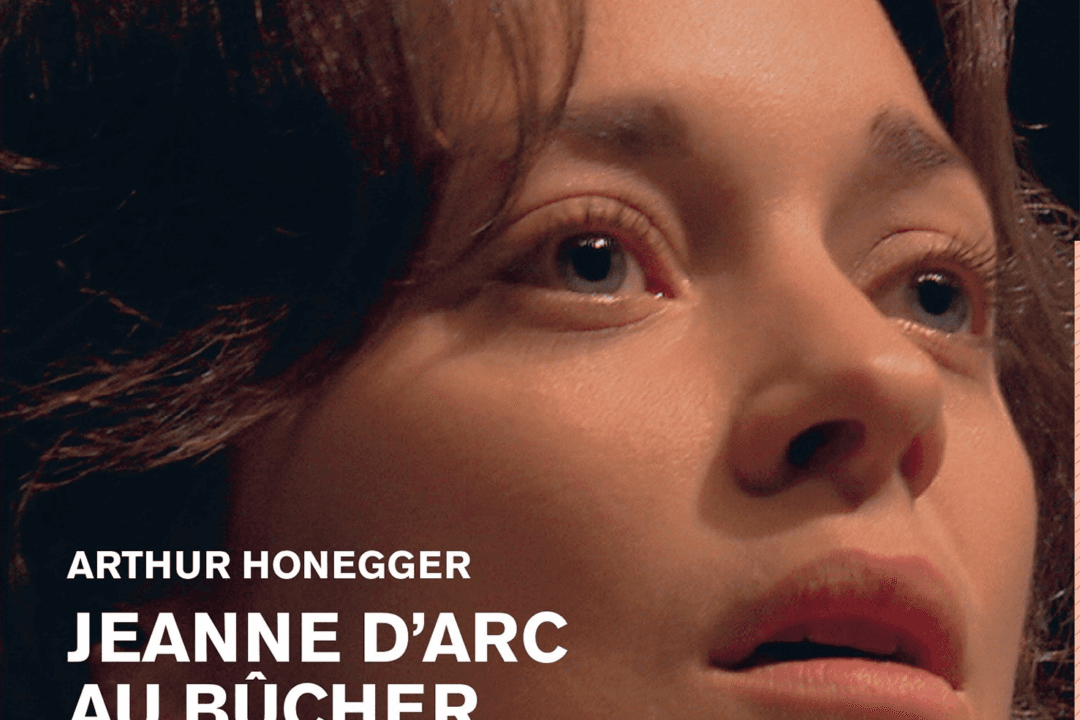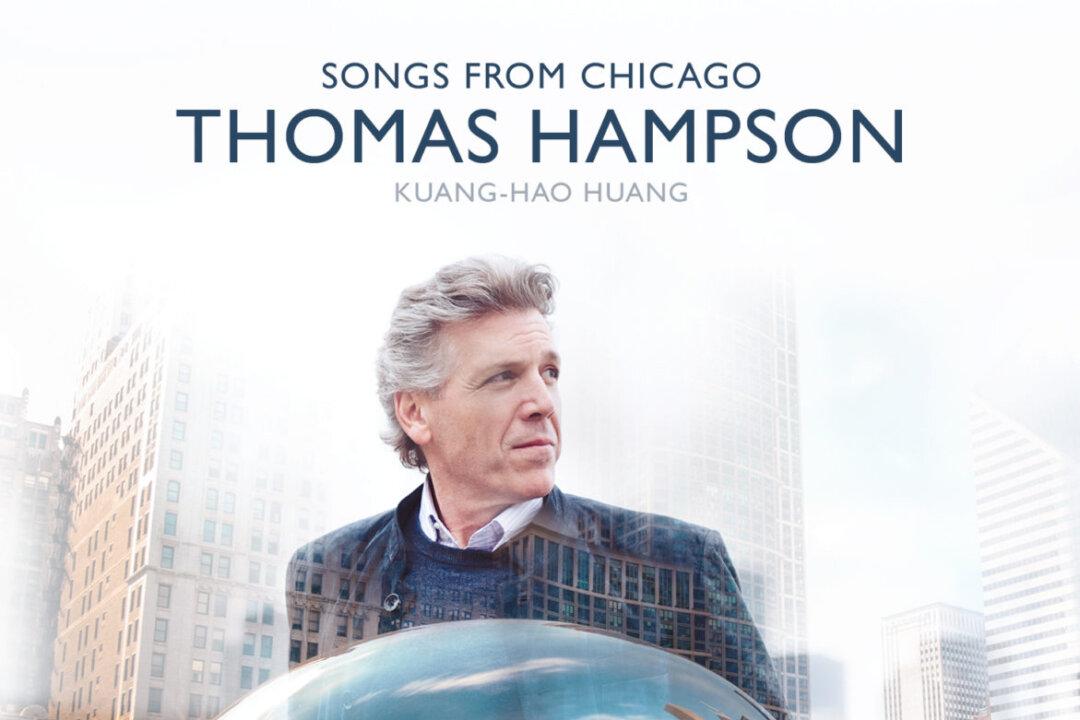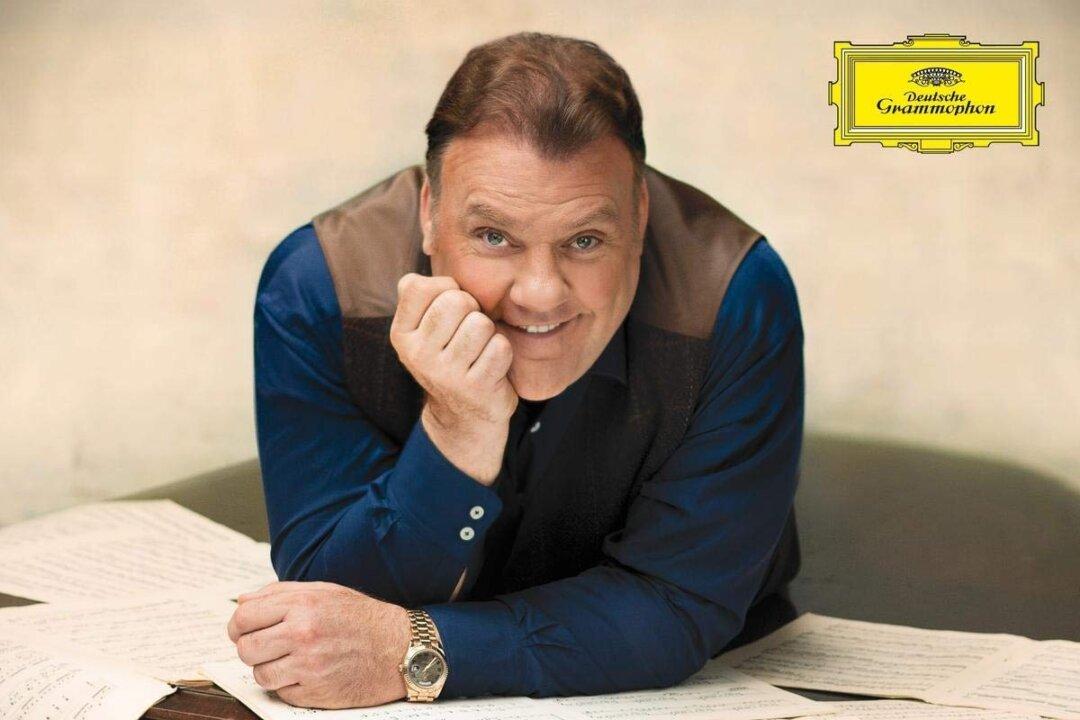Joan of Arc (1412-1431), the peasant girl who led the French army against the British during the 100 Years War, has been the subject of numerous artistic works: films by Carl Dreyer and Robert Bresson, plays by Friedrich Schiller, George Bernard Shaw, and Jean Anouilh and operas by Giuseppe Verdi and Peter Ilyich Tchaikovsky, among others.
During the 1930s, the composer Arthur Honegger and the poet Paul Claudel created one of the most striking depictions of the Maid of Orleans in the oratorio “Jeanne d'Arc au Bûcher” (Joan of Arc at the Stake). The Academy Award-winning French actress Marion Cotillard has played Joan in performances with different orchestras, most recently the New York Philharmonic last June.
Medici TV filmed a performance of “Jeanne d'Arc au Bûcher” in 2012 in Spain with the merged Barcelona Symphony and Catalonia National Orchestra plus the choirs Lieder Camera, Madrigal and Petits Cantors de Catalunya, under the baton of Marc Soustro. The monumental performance has been released on both DVD and CD by the Alpha label.
The advantage of the DVD is that, although the performance is not staged, the camera dwells on the expressive face of Cotillard, and her interpretation of the warrior-saint is heartrending. She and the other cast members—Xavier Gallais (exceptional as the sympathetic Frère Dominique), Yann Beuron (Porcus, Héraut I, Le Clerc), Maria Hinojosa (La Vierge), Aude Extrémo (Catherine), Anna Moreno-Lasalle (La mère aux tonneaux), Eric Martin-Bonnet (Une Voix, Héraut II, Paysan), Carles Romero Vidal (Héraut, L'âne, Bedford, Jean de Luxembourg)—are dressed in black, but they all convey their characters, both human and animal.
The work consists of a Prologue (which was added to the work in 1944, supposedly to represent the darkness of the Nazi occupation) and 11 scenes. The script makes no attempt to present a chronology of Joan’s life or a realistic depiction of her trial. Indeed, the judges are presented as animals. Claudel made use of the fact that the bishop who presided over the judicial proceeding was named Cauchon. In French, this sounds like “cochon,” which means “pig.”
The music is original in its instrumentation (including three saxophones, two pianos, and an electronic musical instrument called ondes martenot) as well as its mix of musical styles (liturgical, neo-classical, and modernist) and utilization of a large orchestra, solo vocalists, chorus and spoken word performers.
Yet, Honegger managed to create a seamless whole that conveys Joan’s expressions of her patriotism and faith, the crowds calling for her execution, the judges as a jury of animals (like something out of Orwell’s “Animal Farm”) and the heavenly voices of the angels she hears.
By the end of the performance, tears were streaming down Cotillard’s face. Watching this video, a home viewer may feel the same way. Hopefully, this and the other performances of “Jeanne d'Arc au Bûcher” will lead to a revival of interest in the work of Arthur Honegger (1872-1855), an important composer who is not adequately appreciated.






